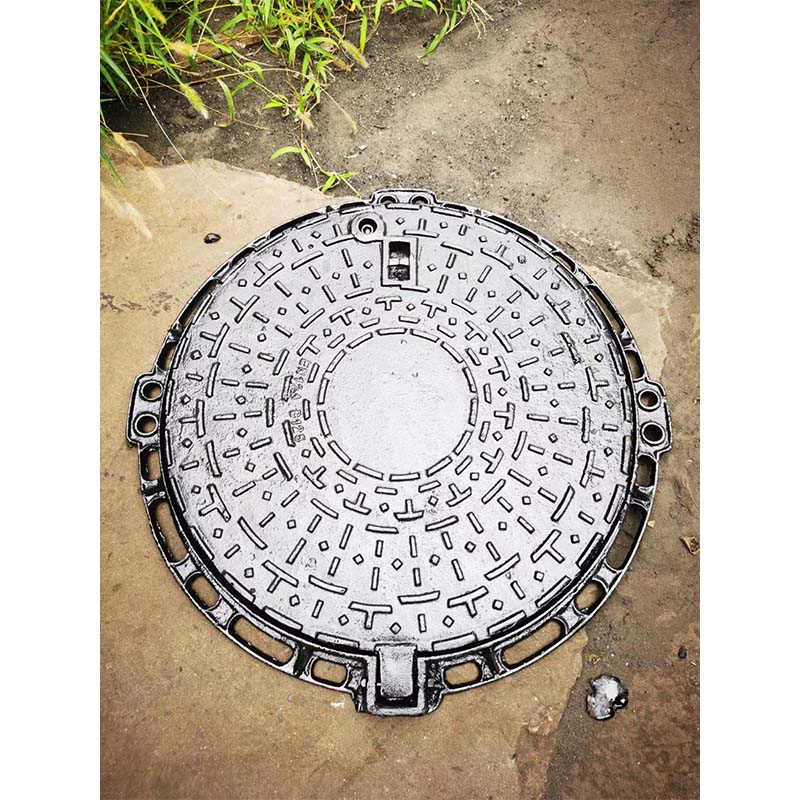Creating an Innovative Waste Management Solution for a Cleaner and Greener Environment
Double Rubbish Bin A Step Towards Sustainable Waste Management
In an era where environmental consciousness is more vital than ever, the design and implementation of waste management solutions have emerged as an essential aspect of urban planning and community responsibility. The concept of a double rubbish bin, featuring two separate compartments for waste disposal, is a strategic innovation aimed at promoting recycling and reducing landfill contributions. This article delves into the significance, benefits, and practical applications of double rubbish bins in fostering a sustainable future.
At its core, a double rubbish bin is simple yet effective. It typically consists of two clearly labeled sections—one for recyclable materials such as paper, plastic, and metal, and the other for general waste. This design not only educates the public about the importance of waste segregation but also makes it more convenient for individuals to participate in recycling efforts. In many urban settings, improper waste sorting is a prevalent issue, leading to valuable recyclable materials ending up in landfills. By providing a straightforward method to separate waste, double rubbish bins help alleviate this problem significantly.
One of the most significant advantages of double rubbish bins is the reduction in overall waste sent to landfills. According to various studies, an estimated 30% of the waste generated in households can be recycled. By facilitating easy access to recycling options, double rubbish bins can contribute to a considerable increase in recycling rates within communities. Not only does this lessen the burden on landfills, but it also reduces the environmental impact associated with waste disposal, such as greenhouse gas emissions and soil contamination.
double rubbish bin

Moreover, implementing double rubbish bins in public spaces, such as parks, streets, and recreational areas, encourages community involvement in sustainability efforts. When people see facilities that facilitate proper waste segregation, they are more likely to adopt these practices in their personal lives. This leads to a ripple effect, where education and awareness spread within the community, fostering a culture of sustainability and shared responsibility for the environment.
From a design perspective, double rubbish bins can easily be integrated into various environments. They can be made from recycled materials themselves, further emphasizing their purpose. Creative designs can also be implemented to make them more visually appealing, attracting more users and making waste disposal less of a chore. In urban areas, where space might be limited, compact versions of double bins can be deployed to ensure that they blend seamlessly into public spaces while still fulfilling their function effectively.
On a systemic level, the adoption of double rubbish bins can play a crucial role in waste management policies. Local governments and municipalities can use these bins as a focal point in broader campaigns aimed at reducing waste and promoting circular economies. By investing in these bins and accompanying educational programs, cities can demonstrate their commitment to sustainability, potentially attracting environmentally conscious businesses and residents.
In conclusion, the introduction of double rubbish bins represents a significant advancement in the realm of waste management. By encouraging proper waste segregation, these bins not only reduce landfill contributions but also nurture a community ethos of sustainability. As cities and towns continue to grapple with waste management challenges, the integration of double rubbish bins can serve as a simple yet powerful tool in the collective effort to protect the environment and create a more sustainable future. Embracing this change can transform our waste disposal practices and inspire generations to come to treasure our planet.
-
The Smarter Choice for Pedestrian AreasNewsJun.30,2025
-
The Gold Standard in Round Drain CoversNewsJun.30,2025
-
The Gold Standard in Manhole Cover SystemsNewsJun.30,2025
-
Superior Drainage Solutions with Premium Gully GratesNewsJun.30,2025
-
Superior Drainage Solutions for Global InfrastructureNewsJun.30,2025
-
Square Manhole Solutions for Modern InfrastructureNewsJun.30,2025
-
Premium Manhole Covers for Modern InfrastructureNewsJun.30,2025
